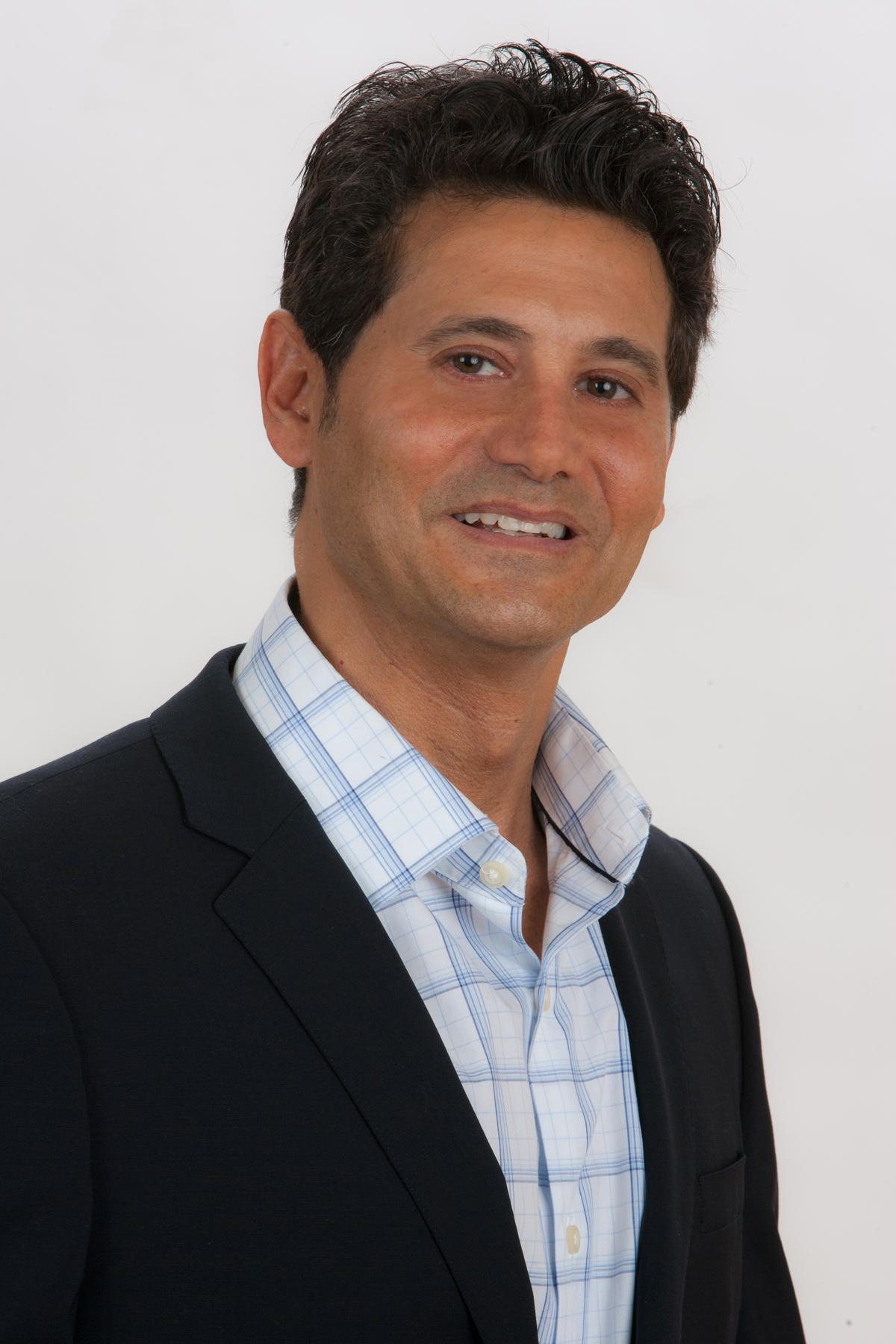Your shoulders, hips, and knees are the most fragile joints in the body and are the most vulnerable to wear and tear as you age.
Jason Greenspan, a certified senior fitness specialist with 20 years experience, author of two fitness books, and the owner of Silver Stars Fitness, a seniors-only gym in Midtown, explains how preventative exercise can help you protect these joints.
 Jason Greenspan (Courtesy of Jason Greenspan)
Jason Greenspan (Courtesy of Jason Greenspan)
Epoch Times: How can people protect their hips, shoulders, and knees as they age?
Jason Greenspan:The best way to protect your knees, hips, and shoulders as you age is simply to treat these joints as a priority and work to increase their mobility and stability. This will help you move more efficiently and help to prevent injuries.
Epoch Times: Can you give some examples of exercises that help the hips and knees?
Mr. Greenspan: To activate and “wake up” the buttock muscles, we do a lot of bridging and clams. To strengthen the hips, we work on the inner and outer thigh muscles either by doing lying or standing leg lifts, or walking sideways (laterally), depending on a person’s level of fitness.
Your buttock and hips muscles are part of your core and help keep your knees in proper alignment when moving, stabilize your hips, and also help to absorb shock to the low back.
Epoch Times: So is core stability also important to help protect these joints?
Mr. Greenspan: The “core” ultimately helps to protect any unwanted movement while walking or when performing various exercises in the gym.
Older adults often tend to be in a rounded shoulder position or “kyphotic posture,” which can put stress not only on the shoulder, but also the neck and the low back. Core stability will help you maintain good posture, which will take stress off the rest of your body and help you move more efficiently.
Epoch Times: What exercises help with core stability?
Mr. Greenspan: To help with core stability in the abdominals and low back, we do exercises like planks, bird dogs, marching, and dead bugs.
Epoch Times: What exercises help the shoulders?
Mr. Greenspan: For the shoulders, you should focus on the upper back and the muscles and tendons that surround the shoulder joint (rotator cuffs) because these stabilize the shoulders.
An exercise we like to incorporate is something called Y’s and T’s, which is where you hold dumbbells or use other forms or resistance, and form the letter Y by raising your arms to shoulder height with a 90-degree angle between them, and the letter T by raising the arms out to the side at shoulder height.
For the mid-back muscles, we do a lot of standing cobras, which are done by gently drawing the shoulder blades toward one another.
Epoch Times: Can people who have a knee or hip replacement still exercise these joints?
Mr. Greenspan: Yes, it’s actually encouraged as long as they’ve been discharged from physical therapy, have medical clearance, and their knees and hips are fully able to bear weight.
Epoch Times: Are there special considerations after surgery?
Mr. Greenspan: All exercise should be tailored to your fitness level and orthopedic concerns. Everyone progresses and responds differently after surgery, and there are certain precautions that we typically take for the first six weeks or sometimes for up to one year.
Some of these precautions are to avoid bringing the leg up too high, crossing the legs while sitting, bringing the legs across or too far away from the midline of the body, standing up from a low chair, or even pivoting on the affected leg.
Epoch Times: You teach preventative training to seniors. Why is this important as people age?
Mr. Greenspan: Preventative training is a proactive approach to protecting yourself from injury and reducing aches and pains. Unfortunately, as we age, we have more aches and pains due to poor posture, tightness, and weakness.
Epoch Times: Can exercise help these aches and pains?
Mr. Greenspan: When a joint hurts, your body is telling you something isn’t right. This pain might be due to lack of mobility or strength or a loss of structural integrity. Either way, if you have pain, don’t give up. See your doctor, then a physical therapist, and then a good trainer.
Epoch Times: What misconceptions do you find seniors have about exercise?
Mr. Greenspan: Seniors often feel it’s too late to increase their strength and tend to rationalize that losing the ability to do everyday activities is just a part of the aging process, so they just give in, and then it’s typically a downward spiral.
But studies show you can build strength at any age as long as your exercise program is consistent and provides sufficient challenge.
Epoch Times: What kinds of changes do you notice when seniors exercise?
Mr. Greenspan: We’ve had numerous clients tell us after they’ve gone through our preventative training program that they are much more aware of their posture, and even their spouses have noticed a difference in their posture. They also feel a lot more stable and have less pain than they did prior to beginning training.
Epoch Times: Would you like to offer any other tips for protecting these vulnerable joints?
Mr. Greenspan: Yes, be aware of your posture at the gym and throughout the day. Poor posture will not only put stress on all your joints, but will also affect your overall stability and balance.
Silver Stars Fitness
850 7th Ave., STE 305
646-573-9724
[email protected]
SilverStarsFit.com





